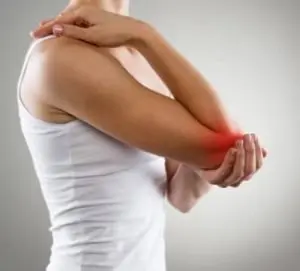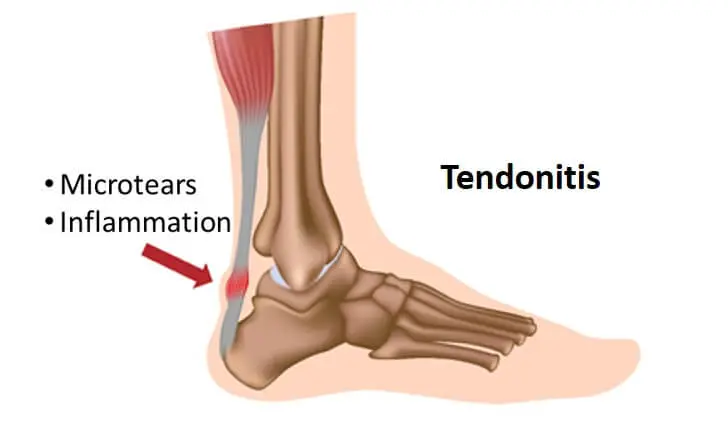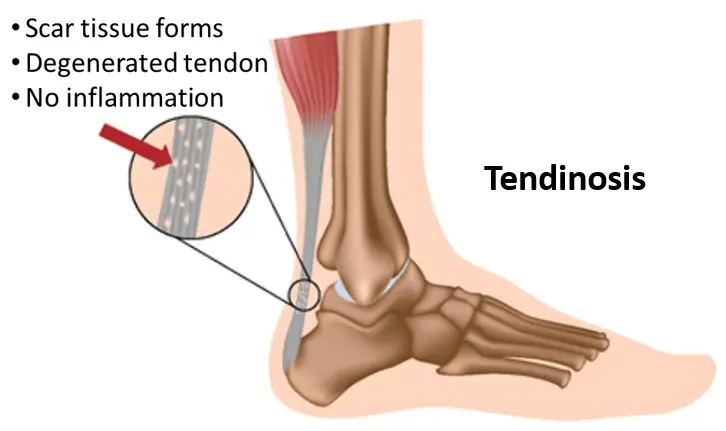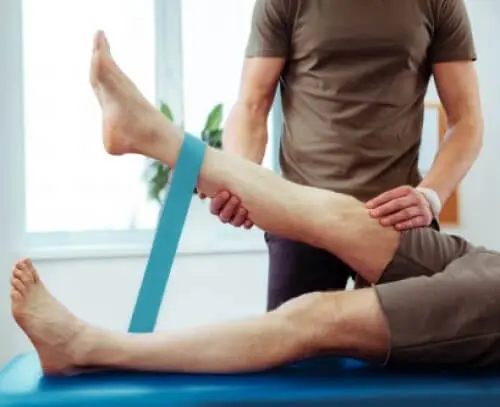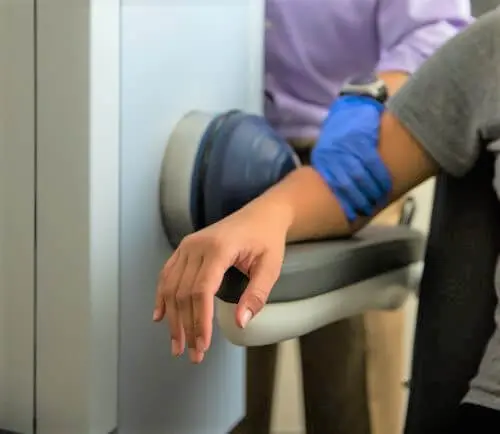How To Get Rid of Tendonitis in the Shoulder
Vessel Crew
on
May 31, 2023
How To Get Rid of Tendonitis in the Shoulder

By Vessel Crew
Like most people, you have probably experienced some shoulder pain or nagging shoulder discomfort, but how do you know if it is just a sore muscle or tendon or something more serious? Shoulder tendonitis affects millions of people in the U.S. every year, and it is easily treatable if caught early. This article will help you learn what shoulder tendonitis is and, even more importantly, how to get rid of tendonitis in the shoulder before it turns into something worse.
What is Shoulder Tendonitis?
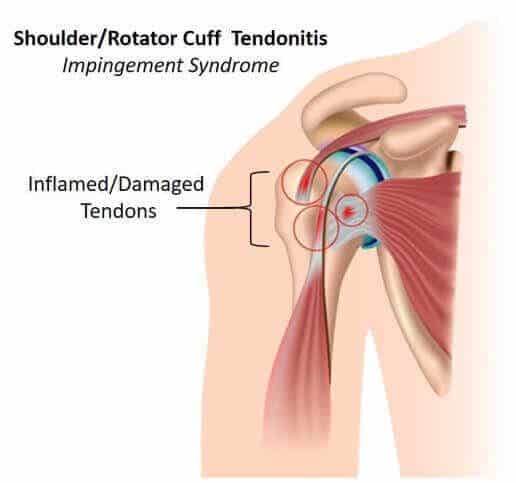
Shoulder tendonitis, also known as rotator cuff tendonitis, is an overuse injury causing inflammation and irritation of the shoulder tendons and muscles. Impingement syndrome often causes it, where the top bone of your shoulder (the acromion) and part of your shoulder blade (scapula) pinch (impinge) the rotator cuff tendons, resulting in a limited range of motion.
Repetitive overhead movements during activities such as swimming, volleyball, baseball, or tennis increase your chances of developing shoulder tendonitis. Thus, it is also referred to as swimmer’s shoulder, pitcher’s shoulder, and tennis shoulder. Likewise, if you are a painter, carpenter, or have a job that requires a lot of overhead movement, you are more likely to develop this painful condition.
Shoulder tendonitis symptoms include pain when you raise or lower your arm, pain and swelling in the front of your shoulder or side of your arm, and a clicking sound when raising your arm. Other common symptoms include loss of mobility and pain when trying to reach behind your back or sleeping at night. Shoulder tendonitis symptoms may get worse over time if not treated. Additionally, if tendonitis is not treated, it can result in a degeneration of the tendon that becomes tendinosis. You can learn more about what happens if tendonitis goes untreated in our article here. It is essential to know how to heal your shoulder tendonitis early so it does not turn into a more severe injury.
Shoulder Tendonitis Treatments
Shoulder tendonitis is very common, and there are well-established guidelines for getting rid of tendonitis in the shoulder. Treatments range from self-care remedies to physical therapy and injections. If these conservative treatments do not provide relief, surgery and High-energy Shockwave therapy are additional options.
1. Self-Care

If you have shoulder tendonitis, it is critical to start self-care immediately. These treatments help prevent further damage and allow your body to initiate healing. First and foremost, rest the affected shoulder.
Overuse of the arm and shoulder caused the tendonitis in the first place, so taking a break from the repetitive movement that caused the injury will give it time to heal. To reduce inflammation, apply ice three to four times daily for the first 48 to 72-hours and take a nonsteroidal anti-inflammatory drug (NSAID) like Advil or Aleve or a natural anti-inflammatory like curcumin.
Other important things you can do throughout your day are using good posture and avoiding carrying heavy objects with the affected arm and shoulder. Avoiding heavy items includes moving a book bag or purse from your affected shoulder to the other so that the shoulder gets maximum rest. If you must carry something heavy, hold it close to your body and not to your side. Lightly stretching the shoulder throughout the day is also helpful in reducing stiffness but not to the point that it causes pain. At night, try not to sleep on the painful side.
2. Physical therapy

Physical therapy is an excellent next treatment option. In addition to the self-care remedies listed above, physical therapy will include stretching and passive range of motion exercises to restore mobility and reduce pain. Once the pain is under control, the therapist will often add arm and shoulder strengthening movements.
3. Steroid injection
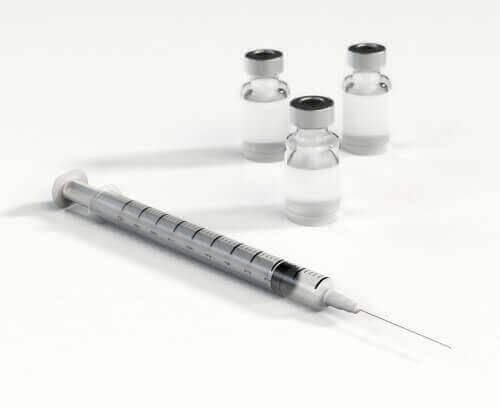
Your doctor may recommend a steroid injection after these other treatments have failed or initially if the pain is severe. Usually known as a cortisone shot, steroid injections provide short-term pain relief but are not a long-term solution.
Cortisone is a powerful anti-inflammatory that significantly reduces or eliminates pain. The doctor may utilize it to decrease the pain, so you can work with a therapist on stretching and strengthening your injury. It is important to note that cortisone shots do not cause or speed healing. In fact, frequent use of steroids can cause tissue damage or tendon rupture, so their use is limited.
4. Surgery
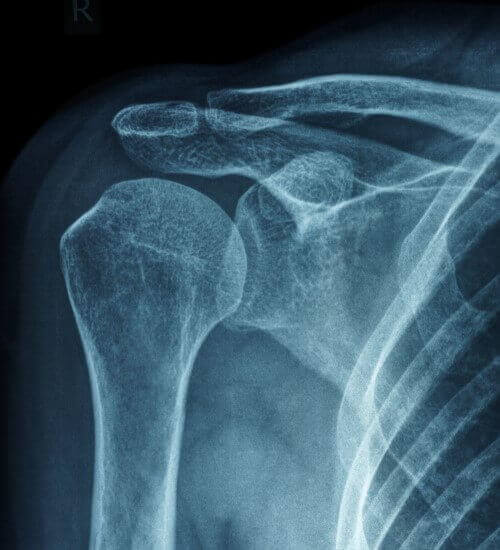
Usually, conservative treatments are sufficient at fixing shoulder tendonitis. But, if you do not heal after several months, you may have a severe case that requires surgery. The surgery is an outpatient procedure where the surgeon debrides the damaged tendon(s). You go under general anesthesia for the surgery, and the surgeon makes an incision, and they scrape away (debride) the scar tissue on the tendon. Then, your arm is in an immobilizer for several weeks.
5. Alternative to Surgery
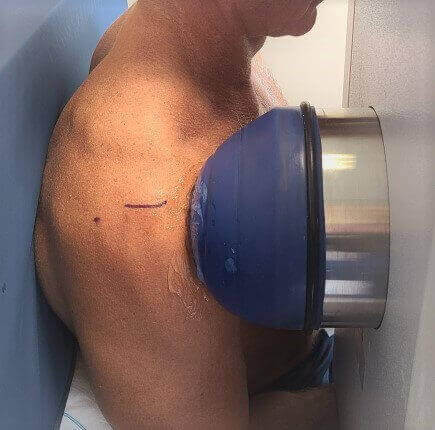
If you would like to avoid the risks and downtime of surgery, High-energy Extracorporeal Shockwave Therapy (HeSWT) is an effective treatment for your shoulder tendonitis. HeSWT is an FDA approved, non-invasive alternative to surgery for numerous chronic overuse injuries, including shoulder tendonitis. It uses powerful, focused acoustic waves to break apart the scar tissue, trigger the development of new blood vessels, and stimulate your body’s healing response. Only a single session of OrthoWave® is needed, and there is no downtime after your treatment, unlike surgery.
Conclusion
Healing shoulder tendonitis is relatively easy if caught early and properly treated. Unfortunately, it is difficult for most of us to stop doing what caused the injury, and the condition can worsen. The treatment options for how to get rid of tendonitis in the shoulder range from self-care to physical therapy and steroid injections. Conservative treatments work in most cases, but occasionally shoulder tendonitis may require surgery or High-energy Shockwave Therapy, a non-invasive alternative to surgery. The good news is that self-care and medical treatments often work, but if they do not, you have a non-invasive option to surgery that will get you back to doing what you love pain-free.
Latest Posts
Based In Science, Elevated by Service
Based In Science, Elevated by Service By Vessel Crew Vessel’s passion for improving the lives of others is anchored in an enthusiasm for science and its basis in wellness. Since our founding,…
NADH, NAD+, And NAD Benefits, Side Effects, Dosage And Stacking
NADH, NAD+, And NAD Benefits, Side Effects, Dosage And Stacking By Vessel Crew Let’s learn a little about this co-enzyme called NAD. It can be referred to as NADH, NAD+, NAD, vitamin…





